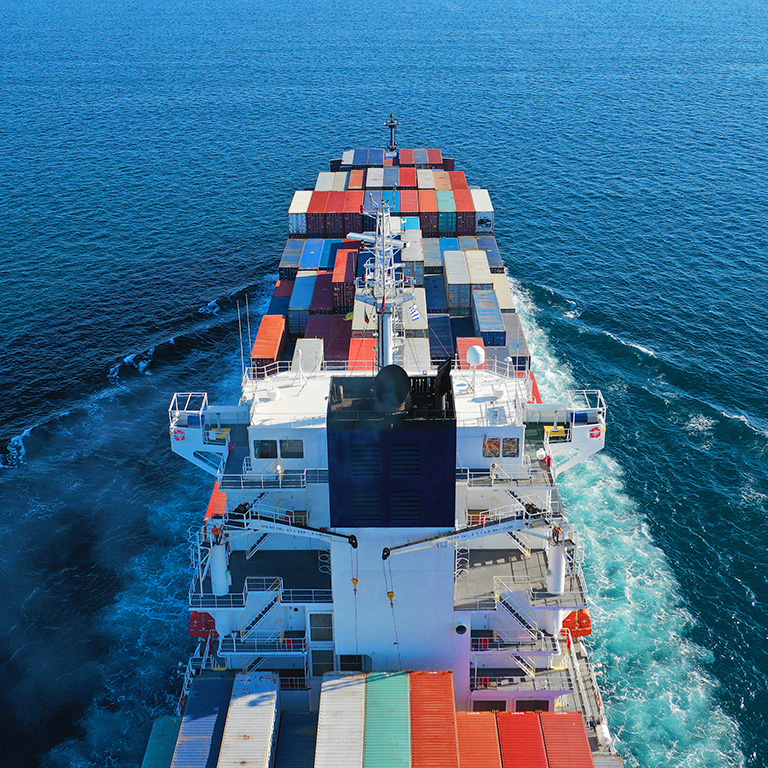
Janice Kowell
Head, Marine, Cargo & Logistics, US and Canada
-
United States
In this insightful Q&A, we sit down with Janice Kowell, Marsh’s Head of Marine, Cargo & Logistics for the United States and Canada, to discuss the pressing risks and challenges facing clients in the maritime industry today. With economic uncertainty looming large, Janice highlights how this climate is influencing client strategies and operations, shifts in sourcing strategies and more.
Economic uncertainty remains a significant concern. Our clients are under immense pressure to reduce expenses across the board. While insurance costs are currently stable to competitive, the uncertainty around tariffs and their potential impact on vessel usage and cargo volumes is a top-of-mind concern. As the economic and geopolitical landscape continues to evolve, maritime risk managers need to remain agile and proactive to address these complexities.
Manufacturers and retailers are reevaluating their sourcing strategies and considering a shift away from China due to tariffs, which can significantly alter trade routes and port usage, impacting maritime and logistics organizations. For example, we are already seeing a notable increase in activity at East Coast ports as businesses shift their sourcing of supplies to other regions. Historically, goods from China predominantly arrived at the West Coast; however, companies are now diversifying their supply chains, leading to increased operations at East Coast ports.
We are also seeing a considerable slowdown in the development of offshore wind projects that had previously primed Northeast ports and terminals for increased activity. This decline adds further uncertainty for our clients.
Port disruptions pose significant supply chain risks, particularly in the context of geopolitical, workforce, and climate risks. We advise our clients on the importance of proactive planning. We encourage them to conduct thorough risk assessments and scenario planning to identify potential vulnerabilities and threats and develop tailored response strategies. We also encourage them to collaborate with shipping companies to diversify routes and services, thereby reducing their reliance on specific shipping lanes or suppliers or clients. This can help mitigate the impact of disruptions affecting particular routes and ports.
Then, of course, there’s risk transfer should a disruption occur. Last year, Marsh launched a $50 million port blockage insurance facility specifically designed to provide port and terminal clients with coverage for loss of revenue caused by third-party accidents such as a vessel sinking in a channel, a vessel impact resulting in a waterway closure, or a natural catastrophe.
With the growing emphasis on building America, a key concern is whether we have a sufficiently trained workforce to support this initiative, especially in shipbuilding. As we consider bringing manufacturing back to the US, we need skilled labor to construct vessels and operate smart terminals equipped with AI and robotics.
There is also a push for zero-carbon vessels, which requires not only new technology but also a workforce that understands these advancements. If tariffs continue to increase on foreign manufactured goods and if increased fees are levied on foreign-built vessels calling on US ports, we may see fewer foreign flagged vessels entering US ports and fewer goods imported, making domestic production even more essential. Some shipyards have already started apprenticeship programs to attract talent and revive vocational training. It’s crucial that we make these careers appealing again to ensure we can scale up operations in time to meet demand.

Head, Marine, Cargo & Logistics, US and Canada
United States

Article
12/19/2025